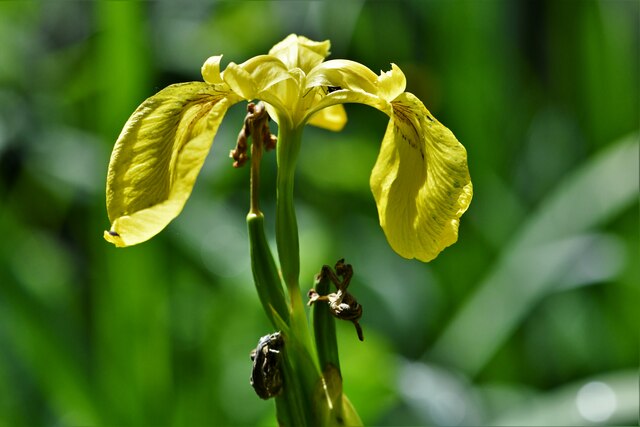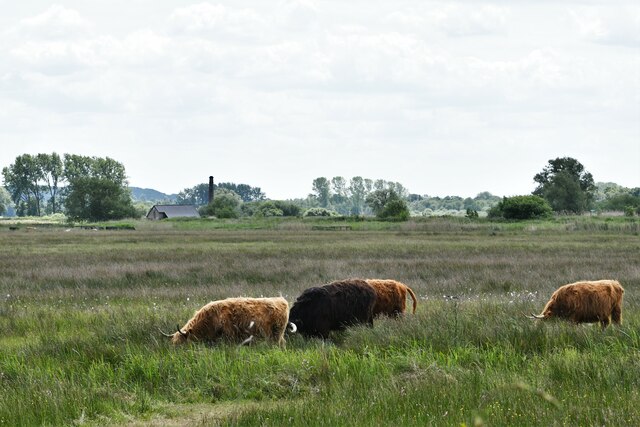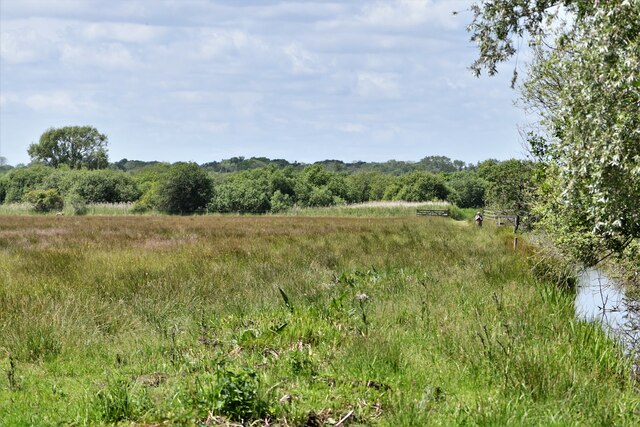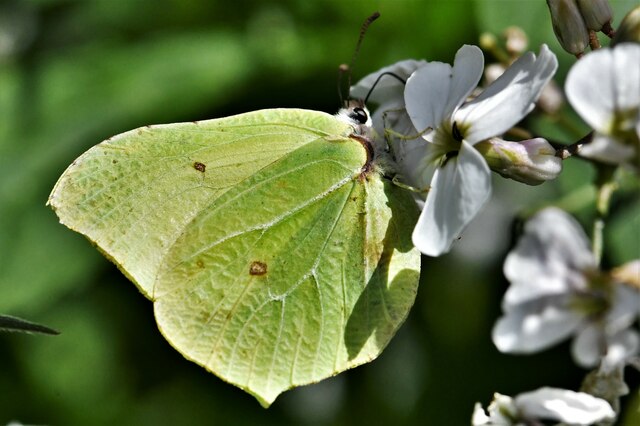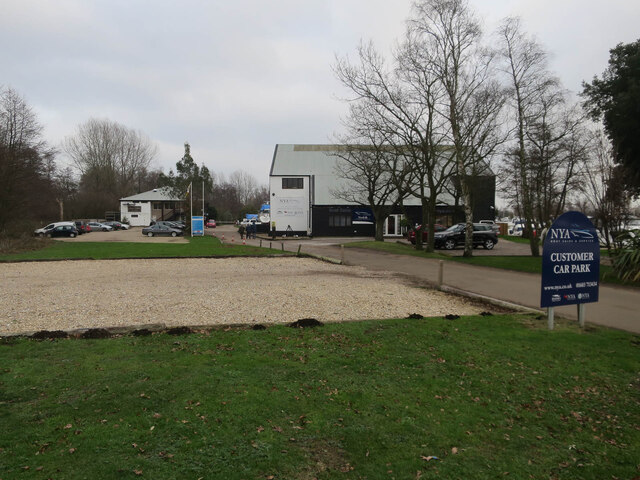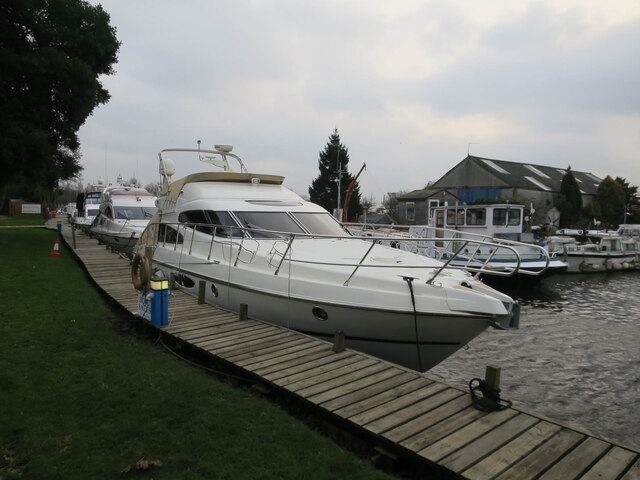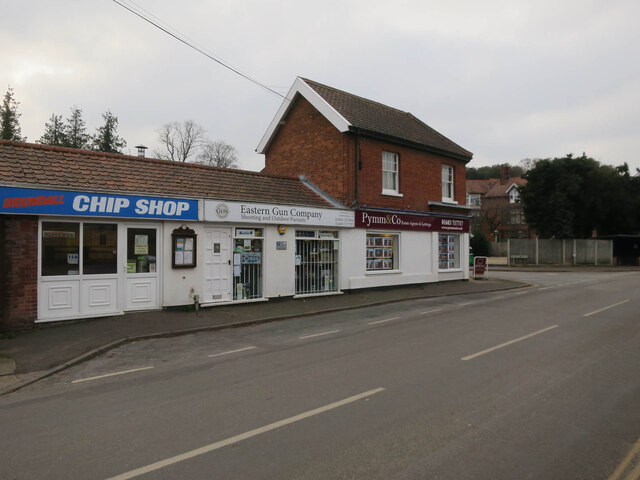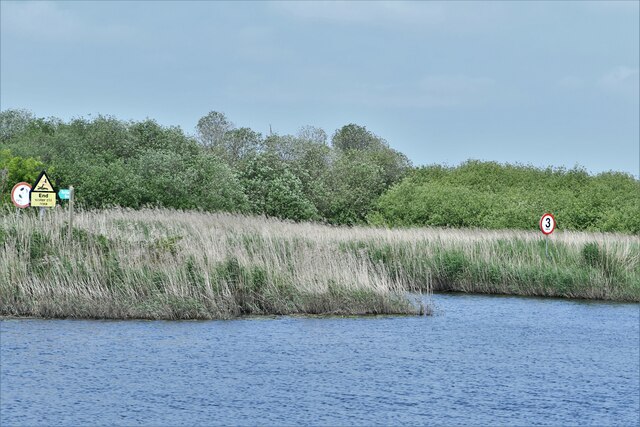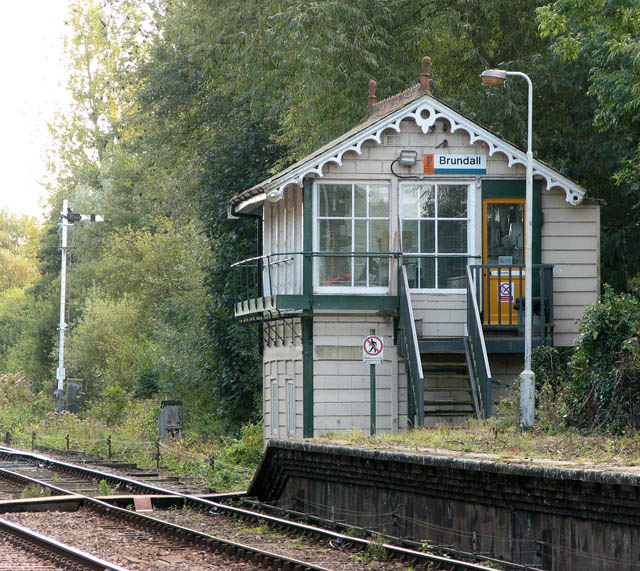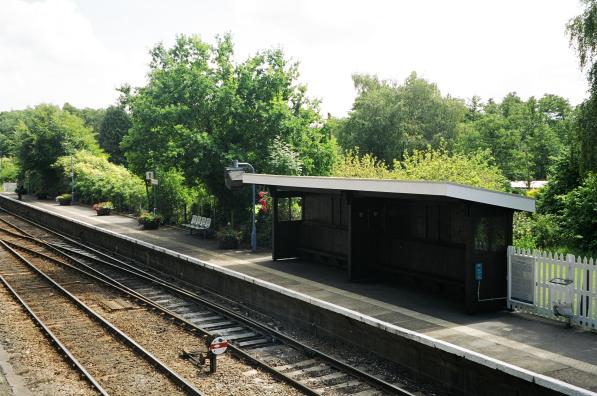Hobrough's Dyke
Sea, Estuary, Creek in Norfolk Broadland
England
Hobrough's Dyke
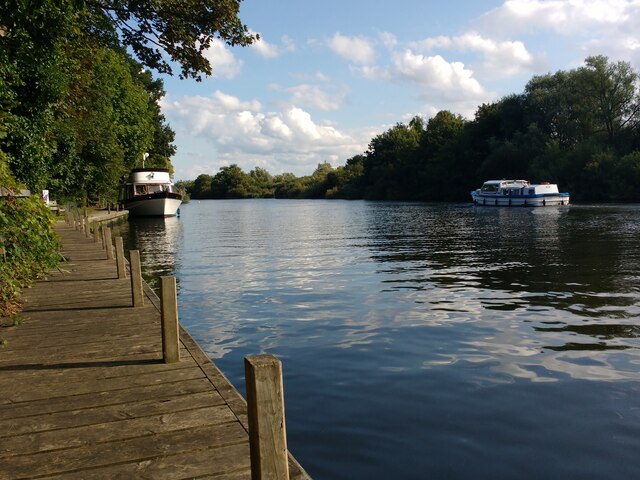
Hobrough's Dyke is a significant geographical feature located in Norfolk, England. It stretches across the eastern part of the county, primarily within the Norfolk Broads National Park. The dyke serves as a natural boundary between the land and the sea, marking the transition between the estuary and the creek.
The dyke is formed by the convergence of several smaller water channels, creating a wide and meandering watercourse that spans approximately 10 miles. It is mainly a tidal channel, influenced by the ebb and flow of the North Sea. During high tides, the water level in the dyke rises significantly, allowing boats and vessels to navigate through it.
Flanked by marshes, reed beds, and mudflats, Hobrough's Dyke supports diverse ecosystems. It provides a habitat for a variety of bird species, including wading birds, ducks, and geese, making it a popular destination for birdwatching enthusiasts.
The surrounding area is also known for its rich historical significance. The dyke has played a vital role in the transportation of goods and people throughout history, with evidence of ancient settlements and trading routes nearby. Today, it continues to be used for recreational boating, fishing, and leisure activities.
Hobrough's Dyke offers visitors a unique opportunity to explore the beautiful Norfolk landscape and observe the diverse flora and fauna that thrive in this estuarine environment. Its tranquil waters, combined with its historical and ecological significance, make it a must-visit destination for nature lovers and history enthusiasts alike.
If you have any feedback on the listing, please let us know in the comments section below.
Hobrough's Dyke Images
Images are sourced within 2km of 52.614232/1.4376458 or Grid Reference TG3207. Thanks to Geograph Open Source API. All images are credited.
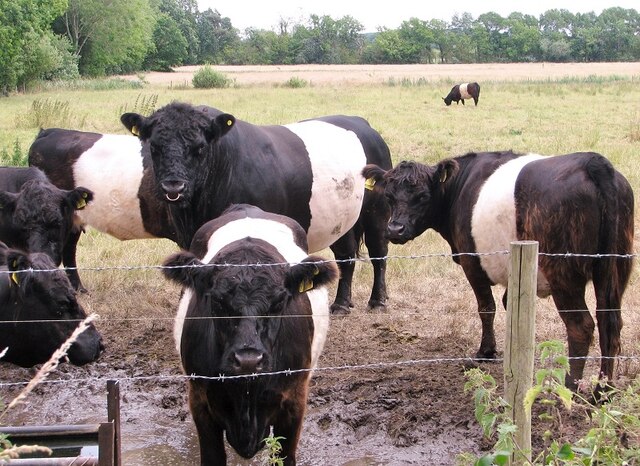
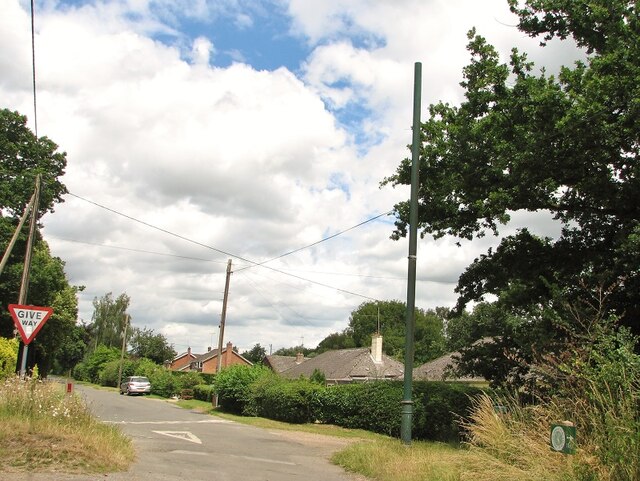
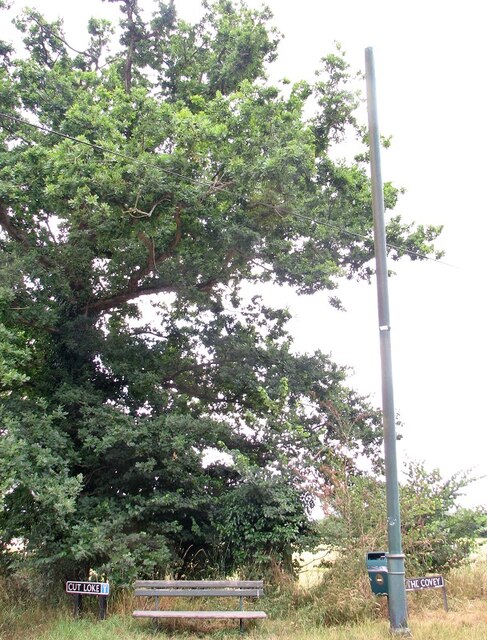
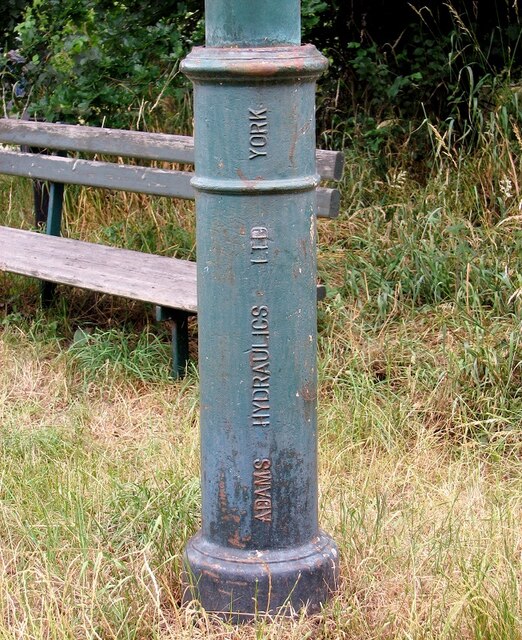
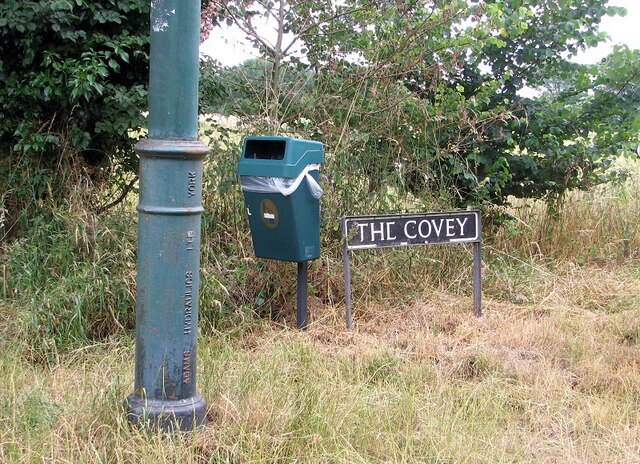
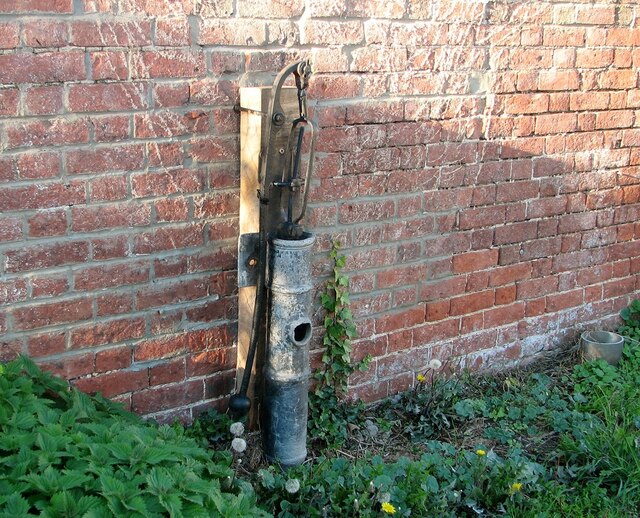
Hobrough's Dyke is located at Grid Ref: TG3207 (Lat: 52.614232, Lng: 1.4376458)
Administrative County: Norfolk
District: Broadland
Police Authority: Norfolk
What 3 Words
///prefect.sample.habit. Near Brundall, Norfolk
Nearby Locations
Related Wikis
Brundall signal box
Brundall signal box is a Grade II listed former Great Eastern Railway signal box on Brundall railway station in Norfolk, England. Located on the Wherry...
Brundall railway station
Brundall railway station is on the Wherry Lines in the east of England, serving the village of Brundall, Norfolk. It is 5 miles 60 chains (9.3 km) down...
Brundall
Brundall is a village and civil parish in the English county of Norfolk. It is located on the north bank of the River Yare opposite Surlingham Broad and...
Lesingham House
Lesingham House is a country house in Surlingham, Norfolk, England, part of which was supposedly built in 1655. == History == Lesingham House was supposedly...
Nearby Amenities
Located within 500m of 52.614232,1.4376458Have you been to Hobrough's Dyke?
Leave your review of Hobrough's Dyke below (or comments, questions and feedback).

